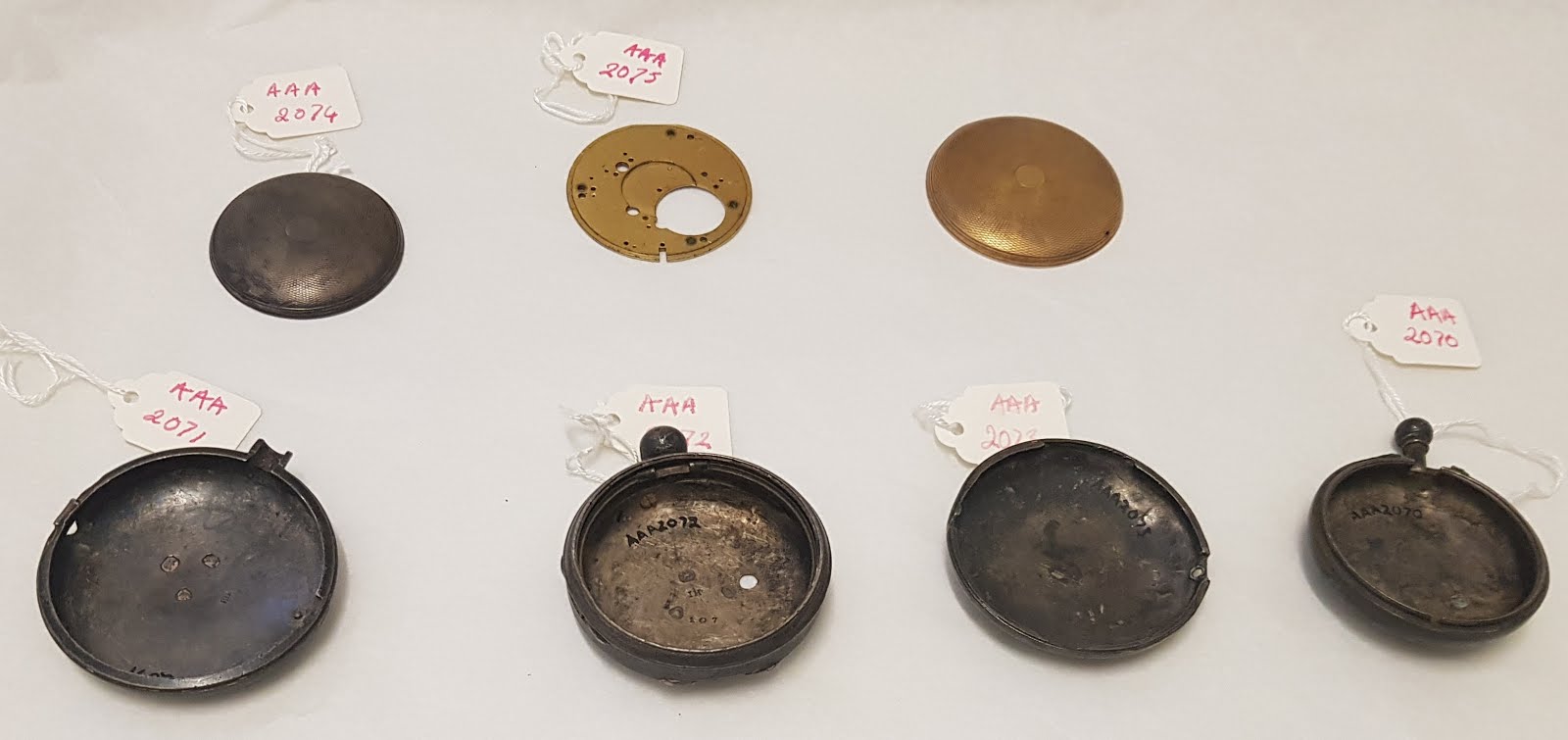But what happened after the Inuit found these pocket watches? We know from the catalogue entry that Dr. John Rae traded them back in 1854. The Times wrote on October, 23rd: “The articles brought home by Dr. Rae had all been worn as ornaments by the Esquimaux, the coins being pierced with holes, so as to be suspended as medals.” What does that mean, being worn as ornaments? While the author specifies that coins were pierced, we can find the same marks on some pocket watch fragments. Fifteen years later, Ookbarloo tells Charles Francis Hall the story of Ad-lark, who owned a pocket watch. I will use Hall's spelling for the names just for consistency, while I would like to point out, that Hall had quite a unique way of spelling. Taqulittuq, Halls translator translated the story: "When she was at Ok-kee-bee-jee (Pelly Bay), which was in the winter of 1853-4), she saw a woman who had a watch, with chain and key, which she always kept very carefully by her. This mother was mothe
